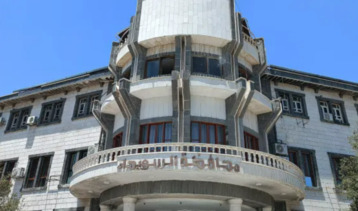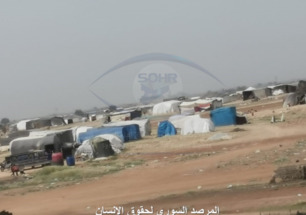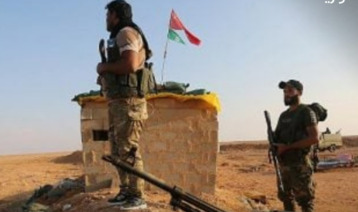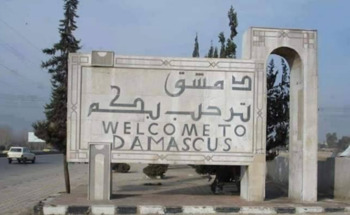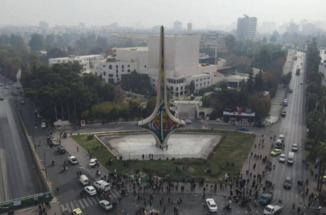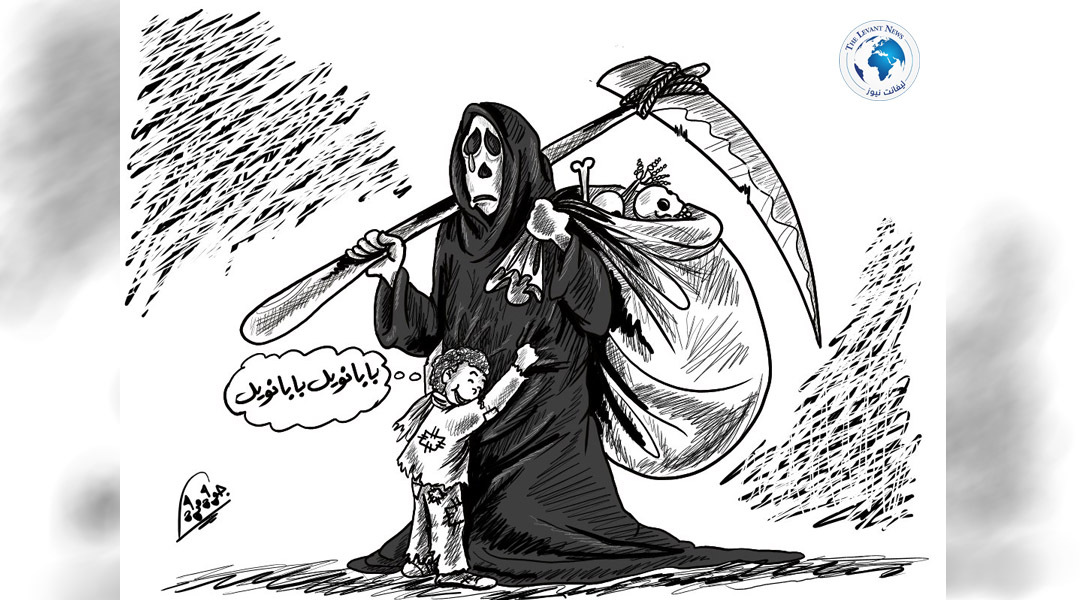-
2574 Victims for a Piece of Bread… The “Attal” in Iran Between Hunger and Death
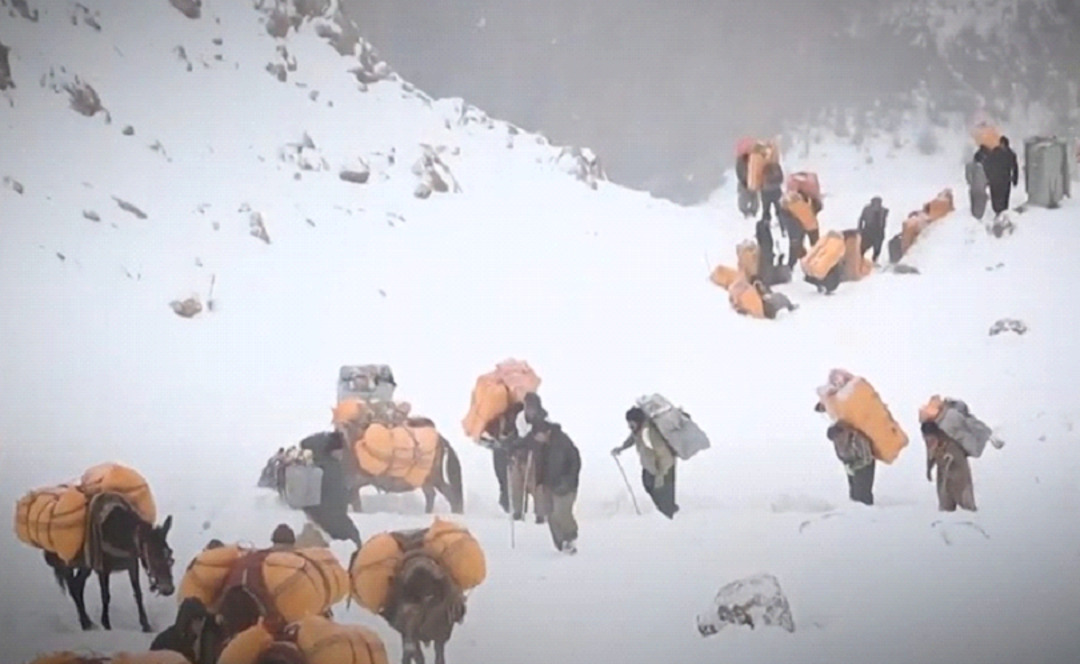
By: Faramarz Safa – Iranian Writer
Despite more than a decade passing since the phenomenon of "Attal" — the practice of carrying goods on the back across Iran’s western borders — the human tragedy persists daily, amid official silence and security policies that turn survival into a deadly gamble.
A Dangerous Work
The Attal phenomenon is not new to Kurdistan, Kermanshah, and West Azerbaijan provinces, but in recent years, it has become the only livelihood for tens of thousands of families amid rising poverty and unemployment. There are no precise official statistics, but human rights organizations estimate that over 70,000 people work in this dangerous sector, mostly young men, including educated individuals who couldn’t find jobs.
Attalls operate along rugged mountain passes, where winter temperatures drop below freezing. They carry heavy loads on their backs for hours, exposed to slipping on steep slopes, falling under snow, or being shot by Iranian border guards.
Dismaying Numbers
According to the Kurdpa Human Rights Organization, at least 2,574 Attals have been killed or injured between 2012 and October 2025, including 656 deaths and 1,918 injuries. Statistics show a steady increase in victims over the past decade, with a peak between 2017 and 2024. The year 2023 saw the highest number of casualties, and despite a relative decline in 2025, this is not due to improved economic conditions but because of increased military control on the borders, with checkpoints, spikes, and new military positions.
Chronic Poverty and Structural Discrimination
In an attempt to cover up the crisis, authorities launched a program called the “Border Crossing Card,” allowing limited amounts of goods to be transported through designated routes. However, civil activists affirm that this system provides no legal protection or social guarantees; instead, it forced Attalls onto more dangerous unofficial routes due to administrative corruption and restrictions.
Economists see the Attalla phenomenon as a direct result of “structural poverty” and regional discrimination. Border provinces in the west suffer from the highest unemployment rates and the lowest development levels. Factories are rare, projects have been halted for years, and thousands of residents rely on this deadly work as their only source of income.
Official Silence
The Iranian regime does not release any data regarding the number of Attalls, casualties, or the type of goods transported. The available information comes from field reports, families’ testimonies, and human rights organizations. This gap reflects strict censorship and security measures against the phenomenon.
The root of the crisis lies in poverty, discrimination, and the regime’s security-oriented approach. As long as Tehran refuses to assume responsibility for providing jobs and development opportunities, the tragedy will continue. The Attalla is not a choice but a necessity imposed on those deprived of the most basic needs of life.
Testimony from the Borders
One Attal in Kurdistan states: “We leave at night amid the snow to avoid patrols. We carry about 30 kilograms on our backs for around two million Toman (roughly $18). Sometimes, we return; sometimes, no one makes it back.”
Despite protests from civil society organizations, authorities have offered no solutions, only increased military operations and landmine planting, pushing Attalls toward increasingly dangerous routes. Reports indicate children under eighteen among the victims.
From the Mountains to Tehran… An Invisible Tragedy
In the regime’s media, Attalla is described as “smuggling,” but for border-region residents, it is “life itself.” While the people of Tehran live oblivious to this daily tragedy, thousands of men and women spend their nights filled with fear and hope, only to return at dawn for another risky journey into the unknown.
Daily Executions… Khamenei’s Weapon Against Public Discontent
Alongside these tragedies, Ali Khamenei continues to carry out daily executions as a tool of terror to spread fear within society and prevent any large-scale uprising against poverty, discrimination, and corruption. Instead of addressing the root causes that drive youth to risk their lives for a piece of bread, the regime relies on repression and bloodshed to intimidate people. However, while this policy may delay collapse, it will not prevent the upcoming explosion of anger.
You May Also Like
Popular Posts
Caricature
opinion
Report
ads
Newsletter
Subscribe to our mailing list to get the new updates!




